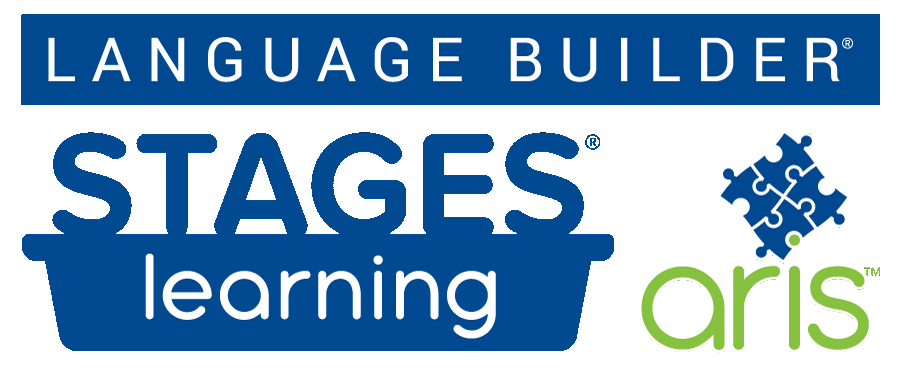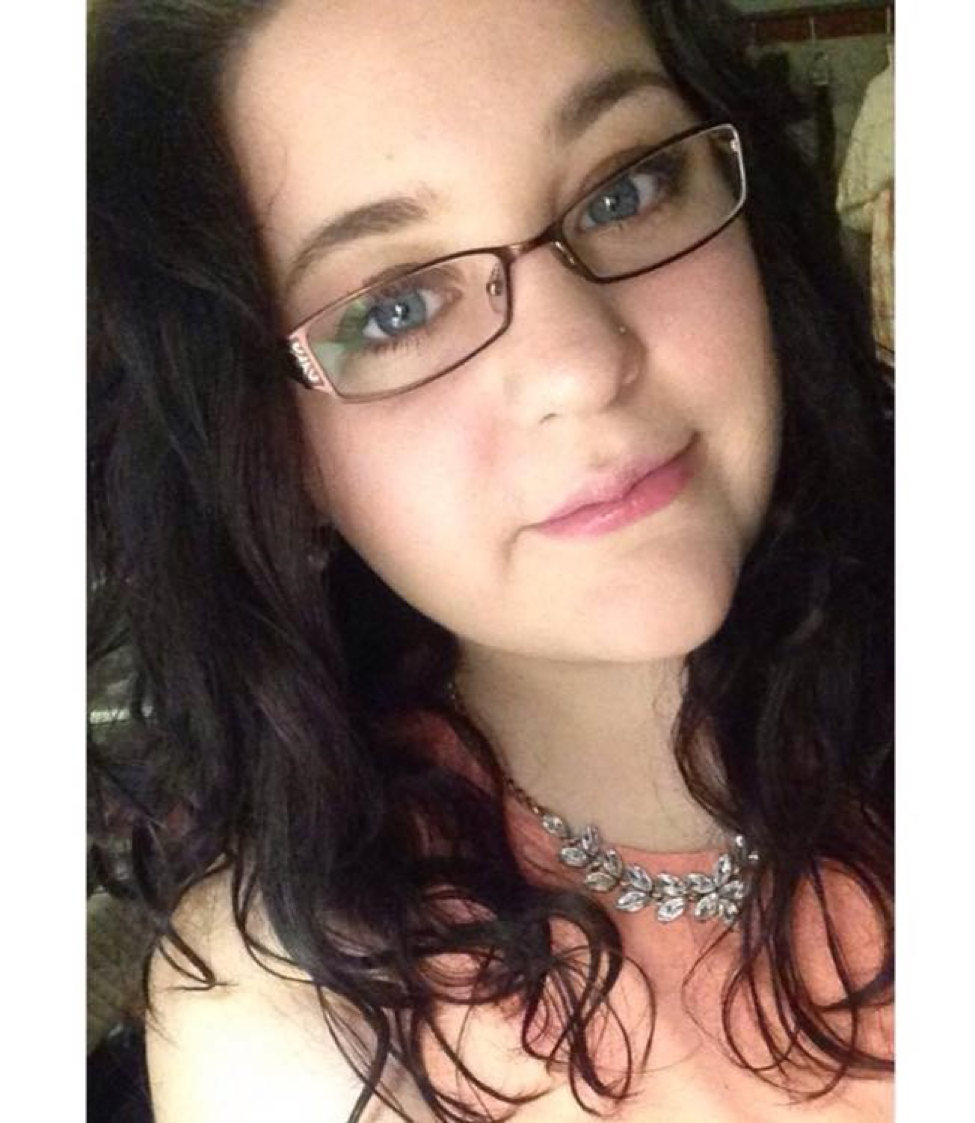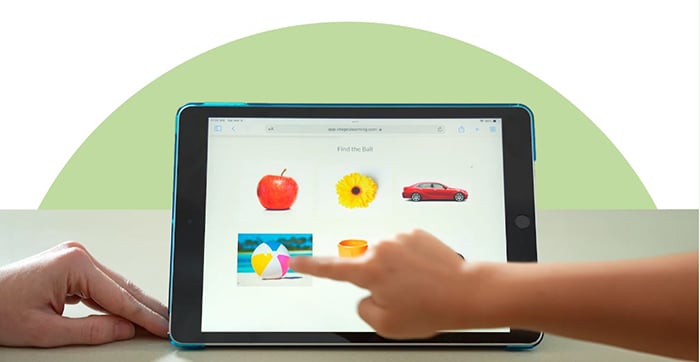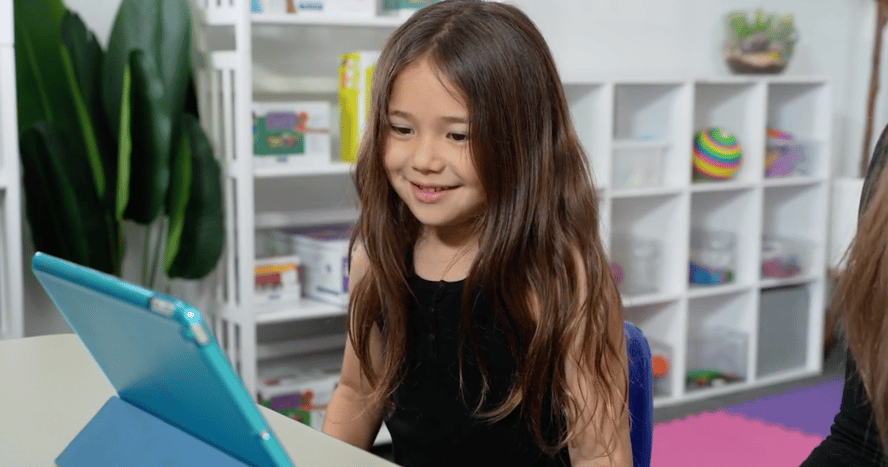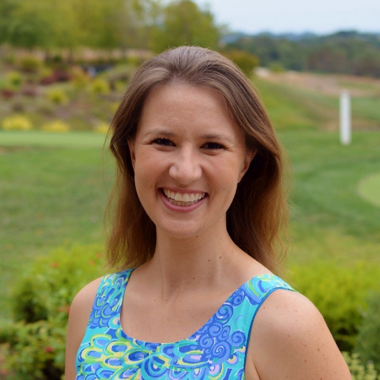
Kristy Johnson is a mother of a child with significant special needs, as well as a researcher in the field of neurodevelopmental disorders. While she has always been very involved in science and engineering, her son greatly influenced her decision to pursue research in this field. Her current research is focused on designing a device that engages children who have neurodevelopmental disorders using the gold standard principles of therapy. Kristy provides wonderful insight into being a parent of a child with special needs (and a parent to an infant), conducting research in her field, being married to someone who also works in academia, and balancing these aspects of her life. Kristy has a strong passion to provide children with the materials they need to thrive.
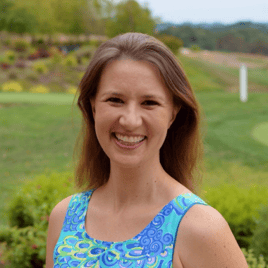 Kristy received her bachelor’s degree in physics from Dickinson College in Pennsylvania. She then received her master’s degree in physics from the University of Maryland, College Park. Following her master’s degree, she worked as a scientific editor and taught college astronomy while her son was very young. At the time, Kristy taught the college course during the evening and spent all other hours accompanying and caring for her son. Then, in 2013, she and her family moved to Boston, where she began seeking positions that could merge her two very different backgrounds -- physics and neurodevelopmental disorders. Ultimately, she found her current position at the MIT Media Lab in the group called Affective Computing, where she will be receiving her Ph.D. within the next few years.
Kristy received her bachelor’s degree in physics from Dickinson College in Pennsylvania. She then received her master’s degree in physics from the University of Maryland, College Park. Following her master’s degree, she worked as a scientific editor and taught college astronomy while her son was very young. At the time, Kristy taught the college course during the evening and spent all other hours accompanying and caring for her son. Then, in 2013, she and her family moved to Boston, where she began seeking positions that could merge her two very different backgrounds -- physics and neurodevelopmental disorders. Ultimately, she found her current position at the MIT Media Lab in the group called Affective Computing, where she will be receiving her Ph.D. within the next few years.
Q: What sparked your interest in researching autism? Is there a certain person or instance that impacted you?
A: My son was born with a rare genetic disorder, 5q14.3 Microdeletion Syndrome, and he’s missing a gene called MEF2C. He also has autism, epilepsy, sensory processing challenges, and a visual impairment. We didn’t know all of this at the start, but later we found out he had the genetic disorder and that he was going to have special needs for the rest of his life, and because of that, I chose not to return to the field of physics. Instead, I focused my research efforts and energy on studying neurodevelopmental disorders, including autism. Eventually, I wanted to morph my backgrounds of physics and engineering with neurodevelopmental disorders so I could develop the technology that these children need to thrive.
Q: Can you describe one of your typical work days?
A: I’m either designing the device I am building, working on grants, working with our software developer, or mentoring undergraduate students who are working with me on my device. I can also be found writing talks or analyzing data. Some days, I’m at Northeastern University running a study that is collaborative between our lab at MIT and another lab at Northeastern. During the study, we are testing the first iteration of my device while also using wearable devices to measures the physiology between parents and children with autism as they interact and play. Any given day is very different!
Q: What are you specifically researching at the moment?
A: I am building a device called SPRING -- the Smart Platform for Research Intervention and Neurodevelopmental Growth. It uses many of the principles for therapy with children who have autism and other developmental disorders, like the behavioral techniques you may see in ABA, but everything is automated so it can be driven by the child. It is customizable and adaptable to their skill level and their interests, so it is motivating to the child and they can pursue learning on their own time and schedule. And since it is a physical device, it enables play through interaction with the world while also practicing critical motor skills. During all of this play, it collects data in the background that we can use to ask important questions about how children with autism learn and develop.
Q: Can you describe the physical device?
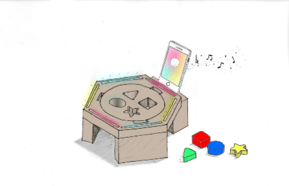 A: The outer portion is about a foot wide and has a hexagonal base containing programmable lights and a mount for a smart phone. We can program the lights and phone any way we want, meaning we can display personalized light shows, videos, images, or even play specific music that a child likes. The inner portion – called the “module” – is circular and contains the activity that the child is working on. In the version that we’re currently using, the module is a shape sorter, but the module will be removable and replaceable, so you can put any activity into the one device. This modular feature allows us to customize the activity to the developmental level of the child. Inside of the module are sensors that detect and record when shapes are inserted. Everything is digitally driven and customizable, so when a shape is placed in the correct hole, whatever is programmed as the feedback (or “reward”) will then play. We can also use the smart phone to scaffold the activities, so the shape sorter module not only works on the spatial orientation and manipulation of shapes, but it also works on matching, abstract-to-concrete generalization, pattern sequencing, reading activities, and other skills. In this way, the device grows and changes with the child.
A: The outer portion is about a foot wide and has a hexagonal base containing programmable lights and a mount for a smart phone. We can program the lights and phone any way we want, meaning we can display personalized light shows, videos, images, or even play specific music that a child likes. The inner portion – called the “module” – is circular and contains the activity that the child is working on. In the version that we’re currently using, the module is a shape sorter, but the module will be removable and replaceable, so you can put any activity into the one device. This modular feature allows us to customize the activity to the developmental level of the child. Inside of the module are sensors that detect and record when shapes are inserted. Everything is digitally driven and customizable, so when a shape is placed in the correct hole, whatever is programmed as the feedback (or “reward”) will then play. We can also use the smart phone to scaffold the activities, so the shape sorter module not only works on the spatial orientation and manipulation of shapes, but it also works on matching, abstract-to-concrete generalization, pattern sequencing, reading activities, and other skills. In this way, the device grows and changes with the child.
Q: What are your ultimate goals in your research? What do you hope to accomplish?
A: There are two components. First, I want to make an impact for the kids who need it most. I want to design and build the technology that children like my son need to thrive and put it in their hands. The second thing I want to do goes back to my background as a physicist. I want to make a fundamental contribution to science – like developing new models of learning for all types of learners or testing the way the brain responds to different interventions. Achieving both of these goals is a little tricky because science and real-world impact often don’t overlap, but I’d still love to give it a try!
Q: What is the most rewarding part of your job?
A: The most rewarding part is seeing my work actually work, and I think that’s true for any researcher. When I first showed SPRING to my son and it was clear that he was interested in it and in shape sorting, I was ecstatic. He was figuring out the motor planning and challenges, and overcoming them because he was so motivated and engaged. That was incredible for me.
Q: What is the most challenging part of your job? How do you overcome roadblocks?
A: There are two different types of challenges for me. The first is as a scientist and researcher: I’m always wondering how do I build this, how do I explain this idea to people, how do I solve this problem or that problem… and not knowing if any of it going to be successful. The second is the personal side of the equation: balancing being a mom of child with significant special needs, a mom to an infant, a wife to another person in academia, and a researcher is really exhausting. It’s hard to keep track of all of it, but it’s also very rewarding. I wouldn’t even attempt to pursue this job if I didn’t think it was really important to take all the wonderful things my son has taught me and use them to help him and other children like him
Q: What changes have you seen in the in the past few years in the field of special needs and autism?
A: More use of tablet or phone-driven activities, which are good in many ways, but I think they do miss out on some important physical development skills. That said, screens are very motivating for children with autism (and for everybody), so I’m excited to find ways to use the technology to enhance the skills we want to teach.
Q: What changes do you hope to see in the autism research field in the near future?
A: I’d love it if more people were merging fields, seeking interdisciplinary solutions to really complicated problems. One of the hardest things for me is that this sort of intersection of technology, cognitive science, and autism research is still very new. I wish I had more colleagues and people who I could toss ideas around with, or who could help me build and design. Much of the technology exists in one form or another, but we need more people using their creativity and insight to do something useful with it!
Q: What resources would you like to see more of in your field?
A: I wish there were more activities that were developmentally scaled for my son or children who are still very early learners. Many community programs are geared for children who are “higher functioning” or who are towards the higher end of the autism spectrum. Even a lot of research studies want children who have some verbal capabilities, or children who can follow directions or at least imitate, and my son is just not there yet. He will certainly get there, but I wish there was more for him now.
Q: What do you think of the Language Builder Cards?
A: I think they fill a real need, and I think they take a lot of activation energy out of something that is generally desired across the field. I would love it if there were different ways to access the resources, such as an inexpensive, download-only version of the cards that I could print myself.* One of the challenges of the special needs market is that the specialization drives the cost up really high. Much of our time, energy, and money is spent on our children – and lovingly so – but I love to see companies embrace a very community driven aspect that’s built around making sure products are getting to the people that need them.
Q: Do you have any advice for people who are interested in this line of work?
A: Just get started. There are a lot of resources online, and that domain is continually growing. You can watch videos, take courses, follow tutorials, read forums… So much of what I do now started from learning how to do it online. One company I love sells “maker” products to help you build all sorts of things with sensors and other technology, and they include tutorials for free that walk you through how to use the components. That’s exactly what I needed to get going down a new path -- I built some example products and eventually I went off and started building my own stuff. Also, work with children! Get to know them and the families, and get to know what their real needs are. Not the needs you perceive they have, but the real needs. Then go off, and get started building solutions.
*Stages Learning has 20 free Language Builder Cards available for download.
